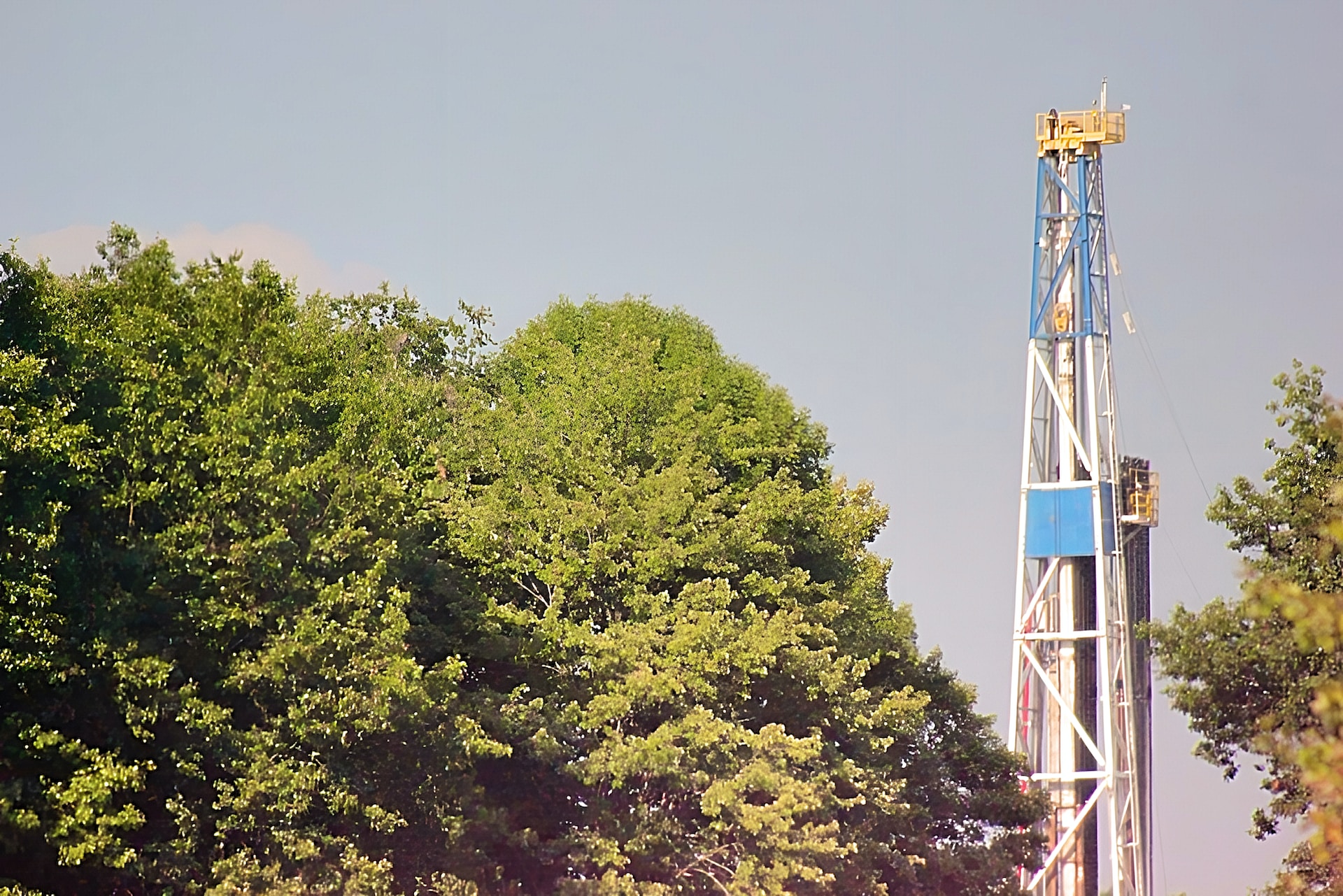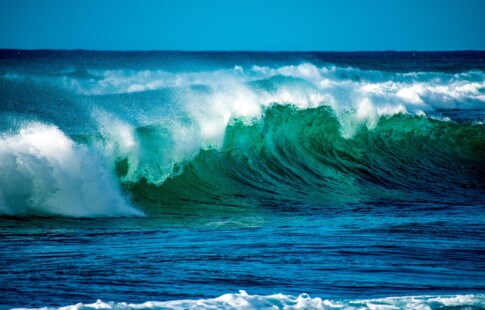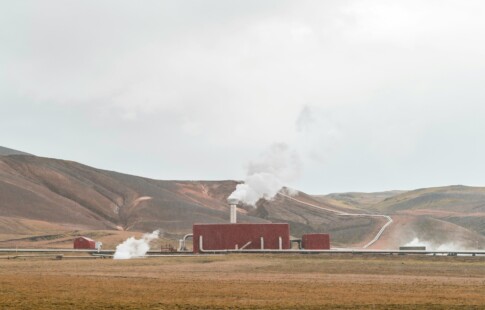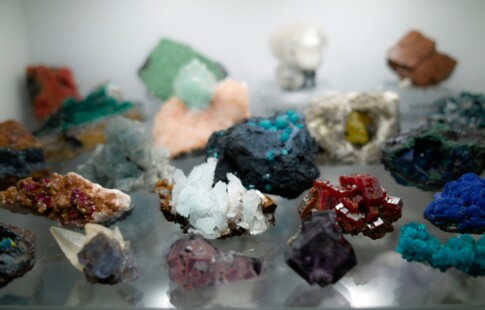
Fracking Health Risks: New Evidence Sheds Light on the Dangers
We are reader-supported. When you buy through links on our site, we may earn affiliate commission.
For a little over a decade, natural gas has been the nation’s second-leading energy source, trailing just behind petroleum. Although touted as a clean-burning alternative to crude oil and coal, a new study has indicated its extraction process leads to much more severe fracking health risks.
While the effects are most significant among those living near fracking wells, the implications beg whether it’s time to move away from natural gas and lean into renewable energy sources. Here is everything you need to know about fracking and its potential health risks.
What Is Hydraulic Fracturing?
Hydraulic fracturing is an extraction process to release natural gas from shale. Frac pumps drill into the Earth, using high pressure to shoot water, chemicals and sand through the cracks. This process releases pockets of hydrocarbons — primarily methane gas — from within the rock formations.
Fracking isn’t new, having begun around 1947. Today, the U.S. has drilled over 1.7 million fracking wells, producing 600 trillion cubic feet of natural gas. Texas currently produces the most natural gas in the U.S., followed by Pennsylvania and West Virginia.
An Under-Regulated Industry
Natural gas companies have faced increasing scrutiny for fracking’s harm to communities. The U.S. Environmental Protection Agency has widely underregulated much of the industry, leaving towns with contaminated resources and dire health concerns.
The “Halliburton Loophole” — an exemption to the Safe Drinking Water Act — allows companies to use fracking fluids linked to kidney and liver diseases, cancer and reproductive problems. The EPA regulates only 28 fracking chemicals, while the industry reports their use only 62% to 73% of the time.
Per one study, companies reported using ethylene glycol 52,000 times, twice as much as any other fracking chemical. From 2014 to 2021, ethylene glycol totaled 250 million pounds.
Federal databases indicate health risks associated with the 28 regulated fracking chemicals. Nearly 39% affect the nervous system, 29% involve the respiratory system and 21% affect the urinary tract. Drilling chemicals also impact eight additional health systems, including developmental and hepatic systems.
A 2019 study used data from the Chemical Abstract Service Registry Numbers to study 1,039 fracking chemicals and cancer risks. Researchers discovered 14 chemicals were definitively carcinogenic. Another seven and 14 were probably and possibly carcinogenic, respectively.
So, why does the fracking industry lack regulation? Documents show the EPA is highly concerned about the toxicity effects, despite approving several fracking chemicals in 2011. The 2011 documents were heavily redacted under a provision allowing companies to keep trade secrets from the public. As such, information regarding the fracking health risks seems misleading.
A New Study Shows Fracking Health Risks in Children
An August 2023 report from the University of Pittsburgh has shed light on fracking health risks in children with alarming results. Highlights from the study include the following:
- Children living within one mile of a fracking site are five to seven times more likely to develop lymphoma than those living beyond five miles.
- Pregnant women living near fracking sites gave birth to babies one ounce less than the average infant.
- People with asthma are four to five times more likely to have an asthma attack when living or working within 10 miles of fracking wells.
The study is a breathtaking example of the health risks related to fracking. Yet, it is only one of many investigations providing evidence of the conceivable dangers.
3 Ways Fracking Poses a Danger
Environmentalists, health professionals and energy companies are still debating fracking health risks. However, the consequences are much higher for people living near fracking wells. Here are three ways fracking can impact your health.
Water Contamination
Concerns regarding fracking and water contamination are valid. According to FracTracker, natural gas companies dumped 23 million gallons of fracking liquids across 97 sites between 2012 and 2022. Likewise, it’s common for fracking chemicals to seep into groundwater during the extraction process.
The 2010 documentary Gasland and its follow-up, Gasland II, gave a horrifying look at how the fracking boom affected Americans across the U.S. — especially in Dimock, Pennsylvania. Although industry professionals criticized the documentaries as fear-mongering, Dimock residents have fought long and hard against fracking.
A 2009 New Year’s Day explosion at a fracking site led to the release of methane gas in Dimock’s water wells. In June 2020, Coterra Energy — formerly Cabot Oil and Gas — pleaded no contest to 15 criminal charges, nine of which were felonies. The company agreed to pay those affected $16.29 million for a clean water system.
Water contamination could lead to various cancers, kidney diseases and fertility issues. Likewise, Dimock residents reported feeling dizzy and nauseous from the contaminated water.
The town’s fight against fracking isn’t over. In December 2022, Pennsylvania’s Department of Environmental Protection quietly authorized Coterra to resume drilling in Dimock.
Air Pollution
Fracking emits methane, benzene and particulate matter — all contributing to air pollution. In fact, fracking sites leak 40–60% more methane than conventional natural gas sites.
Various analyses show air pollution could exacerbate asthma, heart conditions and cancer. It can also irritate your throat and lead to other chronic pulmonary issues.
According to one study, oil and gas extraction is associated with higher mortality in older adults. Researchers gathered data from 2.5 million oil and gas wells while studying over 15 million Medicare beneficiaries. The findings showed those living near fracking wells were exposed to harmful air pollutants, often leading to death.
Chemical Exposure
In general, fracking chemicals can harm humans. Various investigations have indicated chemical exposure may increase the risk of cancer, liver damage and cognitive issues.
One study found a positive correlation between natural gas drilling chemicals and hospitalizations for urinary problems. Women between 20 and 64 were particularly susceptible to kidney infections, urinary tract infections and kidney stones.
Chemical exposure at fracking wells is also risky for workers. In the field, people may inhale particulate matter and dust containing harmful toxins. A 2020 toxicology report found acute inhalation of fracking sand dust caused inflammation in the brain and glial changes — such as Alzheimer’s, Parkinson’s disease and epilepsy.
Is it Time for a Fracking Alternative?
If the recent findings indicate anything, it is time to lean hard into cleaner, renewable energy sources. Energy lobbyists may disagree with the new study’s results, but residents living near fracking wells will likely say change is long overdue. The EPA should promote energy alternatives to protect high-risk communities instead of turning the other cheek.
Share on
Like what you read? Join other Environment.co readers!
Get the latest updates on our planet by subscribing to the Environment.co newsletter!
About the author

Steve Russell
Steve is the Managing Editor of Environment.co and regularly contributes articles related to wildlife, biodiversity, and recycling. His passions include wildlife photography and bird watching.





